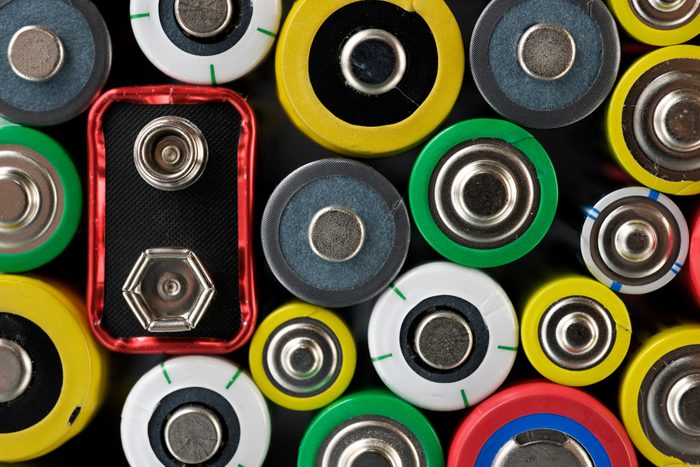6 Frequent Smart Home Issues and Their Solutions
Dec 10, 2024Explore 6 common smart home issues and their practical solutions, from connectivity problems to device compatibility, to ensure a seamless and efficient smart home experience.
6 Frequent Smart Home Issues and Their Solutions
Based on the provided text, here are six frequent smart home issues and their solutions
1. Battery Drain
Problem: Wireless smart home devices constantly require battery replacements.
Solutions:
- Check your Wi-Fi connection: Move devices closer to the router or update your router. A weak signal drains battery life.
- Close unused features: Disable unnecessary features to conserve energy.
- Reduce motion detection settings: For security cameras, lower sensitivity settings reduce energy consumption.
- Switch to hard-wired: Whenever possible, hardwire devices instead of relying on batteries.
- Small solar panels: For outdoor devices, consider small solar panels to extend battery life.

2. Spotty Wi-Fi Connection
Problem: Weak or interrupted Wi-Fi signals cause smart home devices to malfunction or work intermittently.
Solutions:
- Try a new router location: Relocate the router to a more central position for better coverage.
- Buy a new router: A high-quality router can handle the increased traffic of multiple smart devices.
- Buy a mesh router system: Mesh systems improve signal strength and coverage throughout the home.
- Keep up with software updates: Regularly update your router's firmware for optimal performance.

3. Incompatibility Across Devices
Problem: Smart home devices from different manufacturers may not communicate with each other.
Solutions:
- Buy Matter devices: Look for the Matter logo to ensure compatibility between devices.
- Install updates: Check for and install firmware updates that may include Matter compatibility.

4. Privacy Concerns
Problem: Smart home devices collect data about user habits and routines, raising privacy concerns and vulnerability to cyberattacks.
Solutions:
- Buy name-brand devices: Reputable brands generally have better security features.
- Set up a guest network: Isolate smart devices from your main network to protect sensitive information.
- Keep software up to date: Regular updates often include security improvements.
- Secure your smartphone: Use a strong password and screen lock to protect your phone and data.

5. Difficult to Use
Problem: Smart home devices can be challenging to operate, requiring app usage instead of simple switches.
Solutions:
- Buy devices with manual controls: Choose devices that offer both app control and traditional manual controls.
- Buy a smart switch: Retrofit app-only devices with smart switches for manual control.
- Do some homework: Consult online resources like Reddit and YouTube for tutorials and user guides.

6. Inaccurate Activation
Problem: Motion-activated devices trigger frequently due to unintended movements.
Solutions:
- Move your cameras: Adjust camera angles to avoid triggering from unwanted sources.
- Adjust sensitivity settings: Reduce the sensitivity to filter out smaller movements.
- Create a region of interest (ROI): Define specific areas for motion detection to reduce false alarms.

New Smart Home Security Seal
Published Jan 22, 2025
The U.S. government introduces a new smart home security seal, the U.S. Cyber Trust Mark, to help consumers identify devices meeting robust cybersecurity standards. This label will appear on various internet-connected devices, providing a visible indication of device security....
DEEBOT T20 Review: The Future of Automated Home Cleaning
Published Jan 22, 2025
The DEEBOT T20 is a revolutionary robot vacuum with advanced mopping, hot water cleaning, and auto-lifting mop pads. Experience the future of home cleaning with its powerful suction and smart navigation....
The Future of Smart Homes with Apple Intelligence
Published Jan 21, 2025
Explore the future of smart homes with Apple Intelligence, homeOS, and new devices. Discover how Apple is transforming connected living with AI-powered experiences....